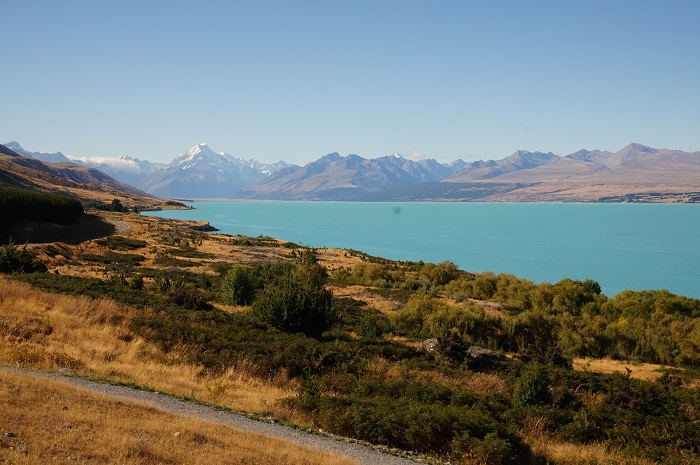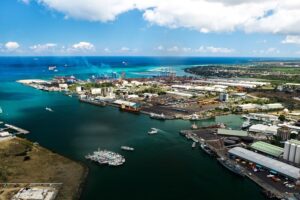The European Union’s recent trade agreement with New Zealand has garnered both praise and criticism due to its potential implications on greenhouse gas emissions arising from increased transportation of goods. Nonetheless, this pact is the first of its kind to integrate the EU’s new “green and fair” doctrine for trade treaties. This article delves into the possible environmental, economic, and social outcomes of this groundbreaking deal.
Reinforcing Agricultural Specialization
A primary aspect highlighted by observers pertains to the agricultural specialization between New Zealand and France. With a temperate climate and low population density, New Zealand relies heavily on nature as its most abundant production factor. This explains the country’s strong agricultural emphasis, exporting meat products as a major commodity to France. In return, France exports automobiles and aerospace equipment to New Zealand, according to French customs.
This trade specialization permits better resource efficiency, provided that price signals properly indicate scarcity. Although more wealth often leads to an increase in consumption and associated pollution, affluent citizens are also likely to prioritize environmental quality, encouraging political authorities to adopt measures for preservation.
New Zealand’s Renewable Energy Commitment
In line with its responsibility toward environmental stewardship, New Zealand generates over 80% of its electricity from renewable sources, making it one of the most virtuous countries concerning energy usage. The implementation of the EU-New Zealand trade agreement potentially accentuates this trend by fostering diversity in production methods and practices, while respecting territorial boundaries through enhanced geographical indication protection.
Promoting Product Diversification and Market Growth
Another valuable consequence of the EU-New Zealand trade agreement lies in greater product diversification, which reinforces intra-industry trade and preserves employment opportunities through market expansion. In 2022, while France imported €44.5 million worth of dairy products and cheese from New Zealand, it also exported nearly €12 million worth of the same goods back to the country.
Increased product diversification strengthens market power, allowing businesses to transmit the carbon price signal to consumers rather than resorting to relocating to “pollution havens”. This balance can contribute significantly to achieving greener and fairer trade goals in the long run.
- Continued agricultural specialization between New Zealand and EU nations
- Greater product diversification stimulating market growth and intra-industry trade
- Opportunities for environmentally sustainable practices and renewable energy initiatives
Weighing the Environmental Impact
The primary concern about the EU-New Zealand trade agreement revolves around the increased greenhouse gas emissions that may arise due to heightened transportation of goods. Critics argue that the potential environmental damage could outweigh the benefits offered by a more diversified economy. However, maintaining a balanced view is crucial, as the pact presents an opportunity to incorporate enhanced environmental laws and leverage New Zealand’s virtuous approach toward energy usage.
A Convergence of Green and Fair Trade Goals?
Fulfilling the dual objectives of green and fair trade requires a delicate balancing act across the spectrum of agricultural specialization, product diversification, and environmental responsibility. The EU-New Zealand trade accord marks the first in the lineup of such ground-breaking agreements, which takes into account this novel doctrine set forth by the European Union.
In conclusion, the EU-New Zealand trade agreement signifies an ambitious yet pragmatic step toward promoting sustainable international commerce. By combining the advantages of agricultural specialization, product diversification, and environmentally responsible practices, this treaty offers a promising blueprint for future trade deals aimed at safeguarding both the environment and economic growth.







